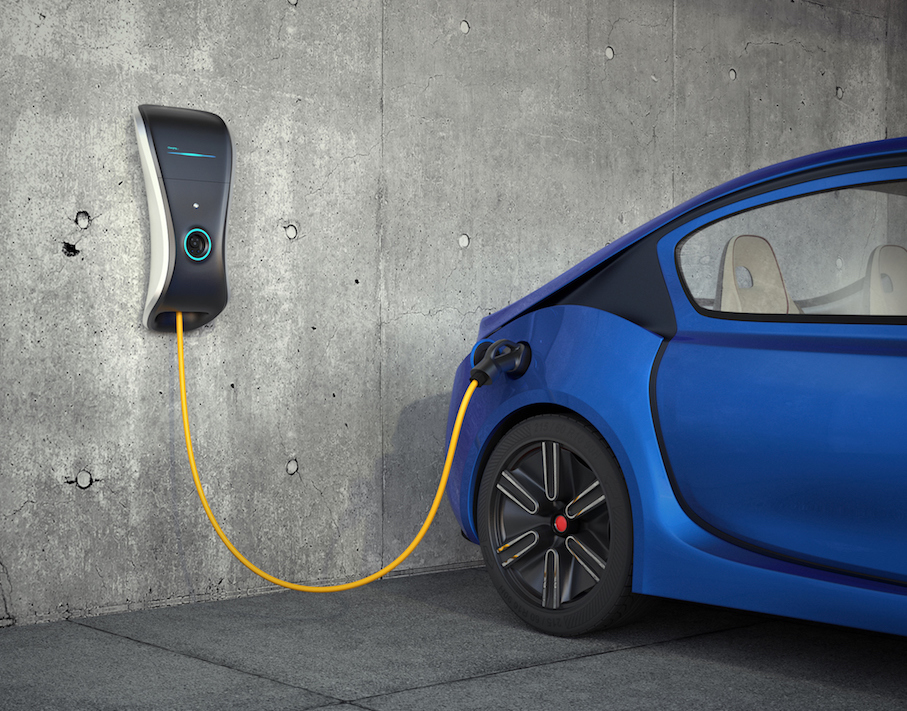
With the ever-increasing encouragement for electric vehicles, retrofitting electric vehicle charging stations to older buildings has many considerations.
These challenges often include:
- Electrical infrastructure costs.
- Navigating the current building infrastructure
- Cost allocation – which budget pays for the upgrade?
- Who pays for the electricity used?
- Lack of information and regulations about EV charger installation
- Fire and safety impacts on buildings.
Existing electrical distribution boards need to be assessed by an electrical engineer to ensure the capacity of the board, safety circuits and incoming mains.
The location of EV chargers needs to be considered, are they shared or for individual use?
EV battery fires require greater volumes of water for longer periods than may currently be allowed for in current fire pump systems. Existing fire sprinkler systems may also not be up to the task of enabling the designed escape time. This is because, in extreme cases, lightly sprinkling water on a lithium battery fire may instead promote fire spread through the energy from the battery fire splitting water molecules into hydrogen (flammable) and oxygen (fire promoting).
Fire Sprinklers may be required in buildings that previously were not sprinklered. A Fire Engineer should be engaged to provide a preliminary review prior to retrofitting EV chargers.
Currently, there is no reported insurance increase on vehicles.
To upgrade a building for electric vehicle (EV) charging, several considerations need to be taken into account. Here are some key steps and factors to consider:
- Assess Electrical Capacity: Determine if the existing electrical infrastructure can support the additional load required for EV charging. Evaluate the building's electrical capacity and consult with an electrical engineer to ensure it can handle the increased demand. If necessary, an upgrade to the electrical system might be required. This is to be determined by an Electrical Engineer.
- Determine Charging Needs: Identify the anticipated demand for EV charging in the building. Consider factors such as the number of EV users, their charging patterns, and the desired charging speeds (Level 2 or DC fast charging). This will help determine the number and type of charging stations required.
- Select Charging Station Type: Choose the appropriate EV charging stations based on the building's requirements and the needs of the users. Level 2 charging stations are commonly used in commercial settings, while DC fast charging stations are suitable for high-traffic areas or longer charging sessions. Consider factors such as charging capacity, connectivity options, and compatibility with different EV models.
- Design Charging Infrastructure: Develop a plan for the installation and layout of the charging infrastructure. Determine the location of charging stations, considering accessibility, parking space availability, and proximity to electrical panels. Ensure compliance with building codes, safety regulations, and accessibility guidelines.
- Upgrade Electrical Infrastructure: If the existing electrical system cannot accommodate the increased load, work with an electrical contractor or engineer to upgrade the electrical infrastructure. This may involve installing additional circuits, upgrading transformers or electrical panels, or improving wiring and distribution capacity.
- Consider Energy Management: Explore energy management strategies to optimize EV charging and minimize energy costs. This may involve implementing load-balancing techniques, time-of-use pricing, or demand response programs. Consider integrating the charging infrastructure with the building's energy management system for better control and monitoring.
- Permitting and Compliance: Obtain the necessary permits and ensure compliance with local building codes, zoning regulations, and any specific requirements for EV charging installations. Engage with local authorities and utility companies to ensure adherence to relevant regulations and standards.
- Accessibility and DDA Compliance: Ensure that the charging stations and associated infrastructure comply with accessibility guidelines, including those set forth by the AS1428 for disabilities. Consider factors such as parking space design, accessible pathways, and signage.
- Ongoing Maintenance and Support: Develop a plan for regular maintenance, monitoring, and support of the EV charging infrastructure. This may include routine inspections, troubleshooting, software updates, and customer support services. Consider partnering with a reputable EV charging service provider or engaging with qualified technicians for ongoing support.
- User Education and Communication: Provide information and resources to building occupants and users regarding the availability, usage, and guidelines for EV charging stations. Promote responsible charging practices, billing mechanisms (if applicable), and any relevant policies or procedures.
It is important to consult with professionals, such as electrical engineers, contractors, and EV charging experts, to ensure a successful and efficient upgrade of the commercial building for EV charging. Considerations will vary based on the specific needs and characteristics of the building and its occupants.
There are other considerations to be investigated prior to retro fitting EV to charge to your building including:
Fire Risks
- Increased Electrical Load: Older buildings may not have been designed to handle the additional electrical load from EV chargers. This can lead to overheating and potentially cause electrical fires.
- Aged Fire Rating: The existing fire rating of the building might not be sufficient to contain or slow down fires caused by electrical faults in EV chargers.
- Compromised Fire Compartments: If the fire compartmentation is not up to current standards, a fire could spread more rapidly, endangering occupants and property.
Likelihood of Incidents
- The likelihood of fire incidents increases if the building's electrical infrastructure is not adequately assessed and upgraded to support the new load from EV chargers.
- Without proper installation and maintenance, the risk of electrical faults leading to fires is heightened.
Insurance Implications
- Non-Compliance with Safety Standards: If an EV charger is installed without a proper fire safety assessment, it may be considered non-compliant with current safety standards.
- Voided Policies: Insurers may not cover claims for fire damage if the installation of EV chargers is found to have been done without due diligence regarding fire safety.
- Increased Premiums: Even if insurers do not outright deny a claim, premiums may increase due to the perceived higher risk.
Increased Risk to Life and Property
- Threat to Occupants: Inadequate fire safety measures can lead to serious injury or loss of life in the event of a fire.
- Property Damage: A fire can cause significant damage to the building structure and personal property, leading to substantial financial losses.
Recommendations
- Fire Safety Assessment: Conduct a thorough fire safety assessment before installing EV chargers to identify necessary upgrades to the fire safety systems.
- Compliance with Regulations: Ensure that the installation complies with the National Construction Code (NCC) and Australian Standards (AS).
- Professional Installation: Use qualified electricians and fire safety engineers to ensure that the installation is carried out correctly.
- Insurance Consultation: Consult with insurance providers to understand the implications of installing EV chargers on the insurance policy and coverage.
Conclusion
Retrofitting EV chargers in older buildings requires careful consideration of the existing fire safety measures. It is crucial to assess and upgrade the fire safety systems to mitigate risks and ensure compliance with insurance requirements. Failure to do so not only endangers lives but also risks significant financial loss due to potential non-coverage by insurers.
If you have queries about your building age, compliance or other issues please reach out to TCA, if we can not solve your issue, we most certainly can point you to who can. info@tcadviser.com.au
read more articles

